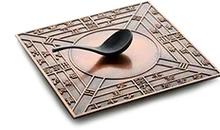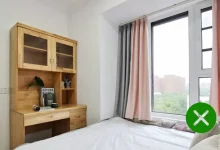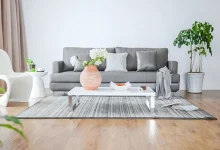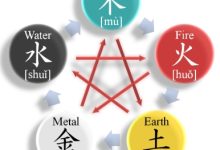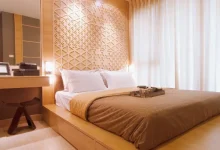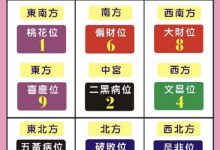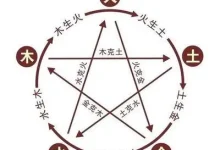
Five Elements of Feng Shui
Most people recognize the concept of “mutual growth and restraint” among the Five Elements (Wu Xing), which embodies the philosophy of balance rooted in Yin-Yang principles. Interestingly, Western political systems like the “separation of powers” emphasize checks and balances—a principle closer to the “restraint” aspect of Wu Xing, while neglecting its “growth” dimension.
When listing the Five Elements, many casually say “Metal, Wood, Water, Fire, Earth,” but the traditional sequence is Wood, Fire, Earth, Metal, Water. This order aligns with their natural generative cycle (see diagram below).
One nuance often overlooked is the concept of “drainage” (泄). For instance, while Wood fuels Fire, Fire simultaneously drains Wood. Both “restraint” (克) and “drainage” suppress energy, but the latter acts subtly—like a slow leak—whereas restraint is abrupt and forceful.
Common Classifications of the Five Elements
The Five Elements intersect with countless aspects of daily life. Key pairings include:
- Heavenly Stems: Jia/Yi = Wood; Bing/Ding = Fire; Wu/Ji = Earth; Geng/Xin = Metal; Ren/Gui = Water.
- Earthly Branches: Yin/Mao = Wood; Si/Wu = Fire; Chen/Xu/Chou/Wei = Earth; Shen/You = Metal; Hai/Zi = Water.
- Zodiac Animals: Pig (minor Water), Rat (major Water), Ox (Water-infused Earth), Tiger (minor Wood), Rabbit (major Wood), Dragon (Wood-infused Earth), Snake (minor Fire), Horse (major Fire), Sheep (Fire-infused Earth), Monkey (minor Metal), Rooster (major Metal), Dog (Metal-infused Earth).
- Directions: East (Wood), South (Fire), West (Metal), North (Water), Center (Earth).
- Colors: Greens/blues (Wood), reds/purples (Fire), yellows/browns (Earth), whites/metallics (Metal), blacks/dark hues (Water).
- Shapes: Vertical lines (Wood), triangles/hollows (Fire), squares (Earth), circles (Metal), waves (Water).
These pairings extend to organs, musical notes, flavors, and body parts. For practicality, let’s focus on color and shape applications—two areas easily integrated into daily life.
Practical Color Applications
Since colors surround us constantly, understanding their elemental interactions offers tangible benefits. Let’s explore two examples:
1. Storefront Signage
In signage, the background acts as the “guest” while text/logo colors are the “host.” Harmonious designs follow either:
- Guest nourishes host (e.g., background generates host color’s element)
- Host restrains guest (host’s element overpowers background).
Case Studies:
- Agricultural Bank of China: White (Metal) background with black (Water) text and green (Wood) logo. Metal nourishes Water (host), while Water fuels Wood—a cycle of growth. Though Metal restrains Wood, the logo’s small size minimizes conflict. Result? A thriving institution.
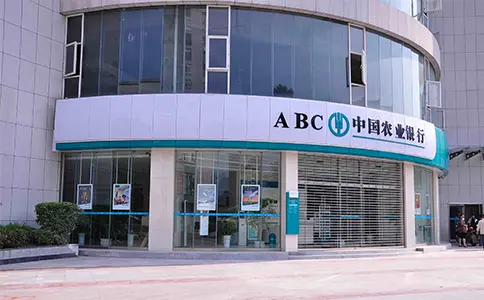
- Industrial and Commercial Bank of China: White (Metal) background with black (Water) text and red (Fire) logo. Metal feeds Water but Fire melts Metal. This mix of growth and aggression mirrors the bank’s dominant market presence.
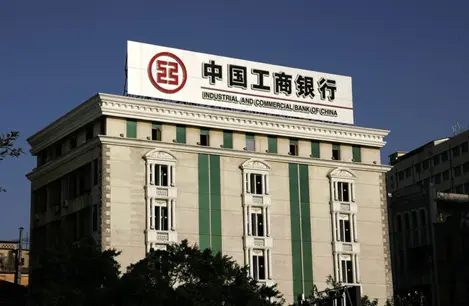
- Postal Savings Bank of China: Green (Wood) background with yellow (Earth) text. Wood restrains Earth—a clash explaining its stagnant growth.
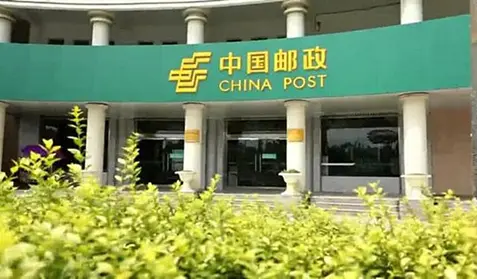
For banks, subtle “guest nourishes host” designs suit long-term stability better than aggressive “host restrains guest” approaches.
2. Sports Apparel
While skill determines outcomes, color dynamics may tip scales in evenly matched contests:
-
- 2016 Euro Final: Portugal (Fire-red) vs. France (Wood-blue). Wood fuels Fire—Portugal won 1-0.
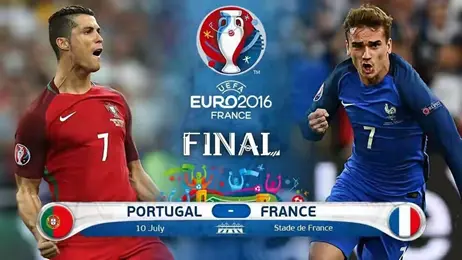
-
- 2015 Women’s World Cup: USA (Metal-white) vs. Japan (Wood-blue). Metal chops Wood—USA triumphed 5-2.
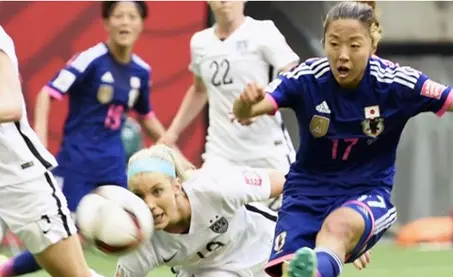
-
- 2014 World Cup Final: Germany (Metal-white) vs. Argentina (Wood-blue). Again, Metal over Wood sealed Germany’s 1-0 victory. Poor Messi—maybe a wardrobe change?
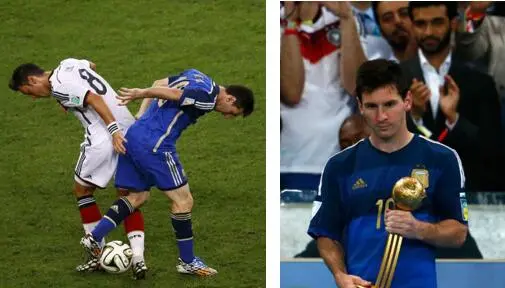
Note: This isn’t magic—if Brazil faces China, even neon jerseys won’t save the latter!
Architectural Shapes in Finance
Financial institutions crave wealth (“Metal”), so their buildings often adopt Earth (square) or Metal (circular) shapes to “generate” or “reinforce” Metal energy:
-
- Global Examples: IMF/World Bank (squares = Earth); Bank for International Settlements (cylinder = Metal); European Investment Bank (Earth-Metal hybrid).
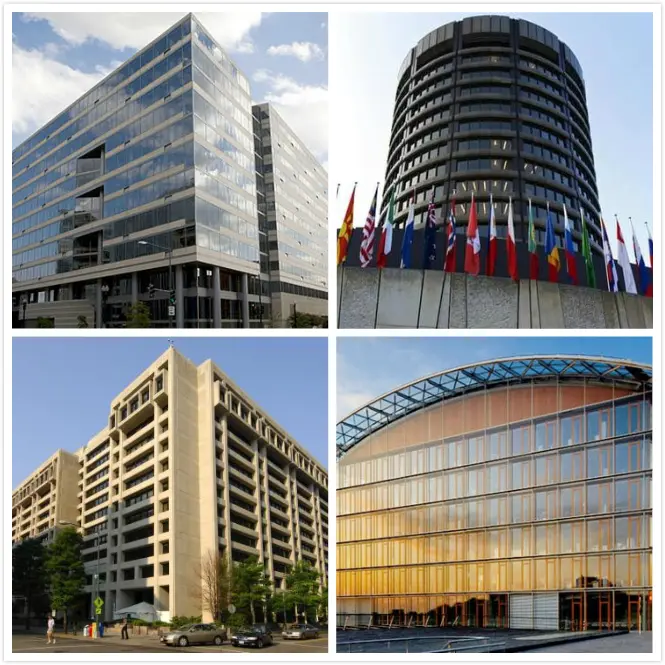
-
- Chinese Institutions: People’s Bank HQ (cylinder = Metal); ICBC (square = Earth).
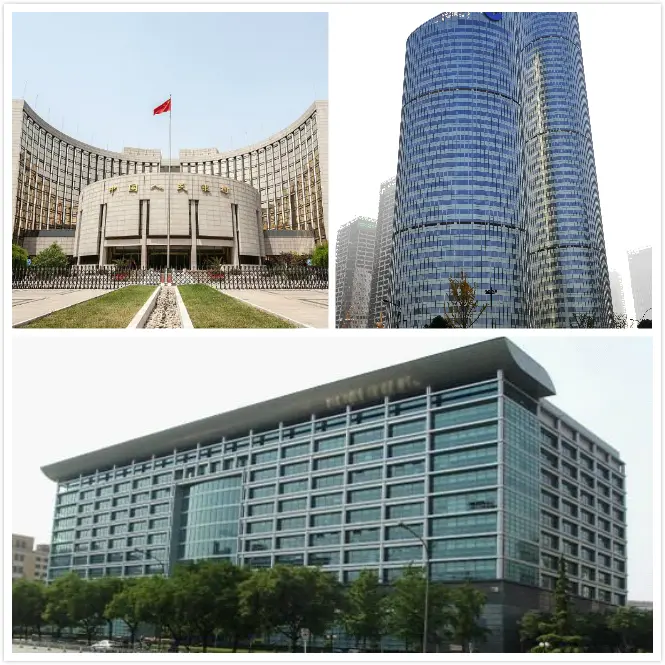
-
- Macau Casinos: Crown, Sands, Grand Lisboa—all circular (Metal). Gamblers chase quick wins, and “Metal boosts Metal” aligns with that urgency, unlike Earth’s slow-burn stability.
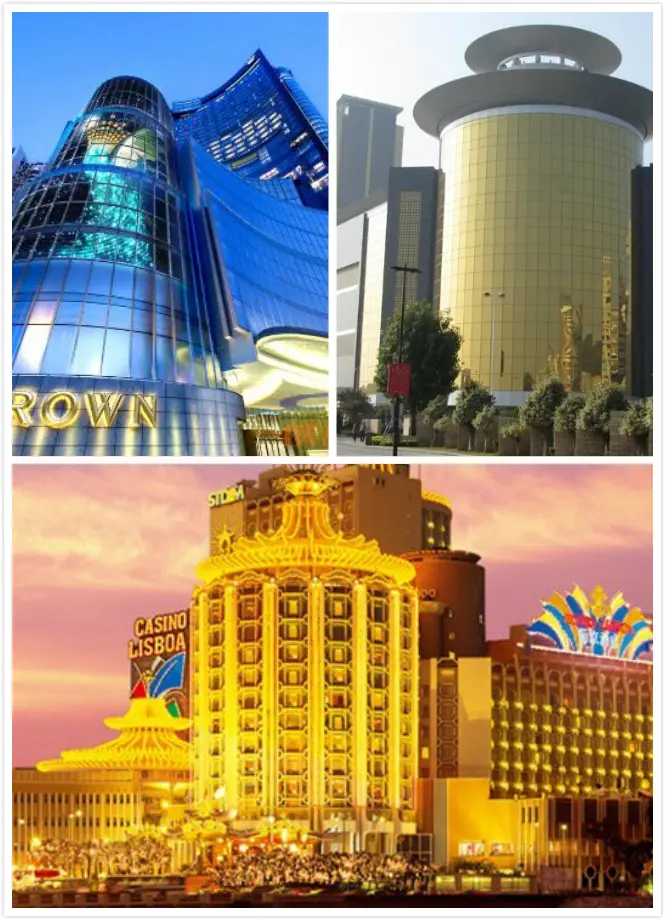
This scratches the surface of Wu Xing’s real-world applications. From bank logos to soccer jerseys, these ancient principles quietly shape modern life. While skeptics abound, the patterns—whether coincidence or cosmic design—remain fascinating to explore.

 Feng Shui Mystery
Feng Shui Mystery